Houseplant Fertilization Techniques: Make Your Plants Thrive
Fertilizing houseplants can be overwhelming and confusing especially when you are not sure how and when to feed your plants. Fortunately, there are several houseplant fertilization techniques you can use to keep your plants healthy and thriving. Each plant has different requirements when it comes to feeding. Read on to find out more about houseplant fertigation techniques.
Houseplant fertigation techniques: Best houseplant fertilizer
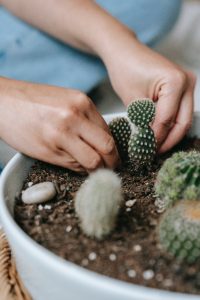
The best fertilizer for houseplants depends on the type of plant you have and its needs. Different plants have varying requirements. Some will thrive on certain nutrients while others need different nutrients to survive.
Identifying your plant’s needs is the key to selecting the best houseplant fertilizer. Most fertilizers contain macro and micronutrients in varying ratios. The three main macronutrients in most fertilizers are:
Nitrogen (N)
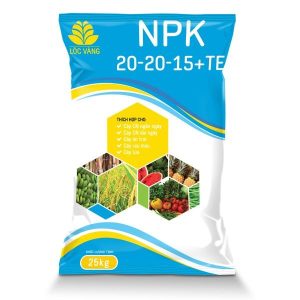
Nitrogen is one of the main nutrients in most fertilizers that produces energy for your plant. This nutrient is best for the overall growth of houseplants. Most non-flowering foliage houseplants benefit from fertilizers rich in Nitrogen.
Phosphorous (P)
Phosphorous encourages healthy root growth and supports bud and flower formation. If you have a flowering houseplant, a fertilizer rich in Phosphorous would be best.
Potassium (K)
Potassium is one of the macronutrients in most fertilizers. This nutrient regulates the absorption of moisture in your houseplant and prevents loss of moisture.
To identify the best fertilizer for your houseplant, you can check the ratio of the above macronutrients. For instance, the ratio can be 10-10-10 or 3-1-5.
Types of houseplant fertilizer
There are different types of houseplant fertilizers you can use to feed your houseplant. Below are various houseplant fertilizers.
Liquid houseplant fertilizer
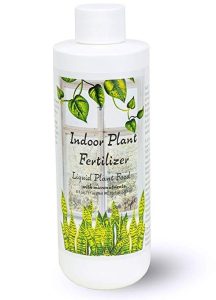
Liquid houseplant fertilizer is one of the best fertilizers for houseplants you can use to feed your plant. These types of fertilizers are diluted in water and you can apply them when watering your plant.
Dilute the liquid fertilizer according to the label instructions provided. Some plants will require liquid fertilizer for houseplants more often than others.
Granular houseplant fertilizer
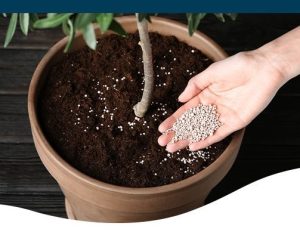
Granular houseplant fertilizer is one of the best houseplant fertilizers that you can use to feed your plant depending on its needs. This type of fertilizer is in pellet form and you can mix it into your plant’s soil.
Granular fertilizers release nutrients into the soil when you water your plant. While effective, it can be difficult to control the nutrients that granular fertilizers release into the soil.
Slow-release houseplant fertilizer
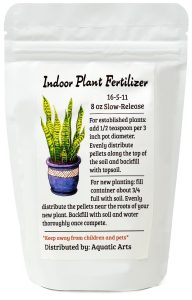
Another effective fertilizer for houseplants you can use to feed your plant is a slow-release houseplant fertilizer. Slow-release fertilizers are coated in shells that slowly break down to release nutrients into the soil over a long period.
These nutrients are released when your water your plant. Slow-release fertilizers can last between 4 to 9 months. This type of fertilizer is convenient and allows you to fertilize your plant less frequently. You can select a suitable slow-release fertilizer depending on your plant’s feeding requirements
Organic houseplant fertilizer
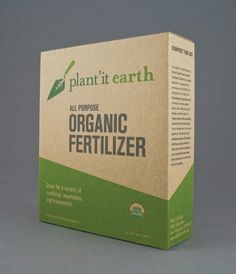
Organic houseplant fertilizer is one of the best houseplant fertilizers that you can consider using. Organic fertilizers enhance the quality of the soil making it retain nutrients and water for a long period. You can use organic fertilizers such as compost, bone meal, and manure to feed your houseplants.
Homemade houseplant fertilizers
If you want to save a coin, homemade fertilizer for houseplants would be the perfect solution. You can easily make your own effective fertilizer at home using materials such as:
Eggshells
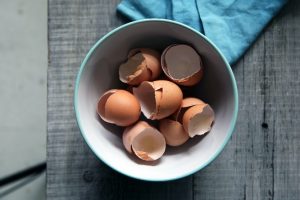
Crush used eggshells and add them to boiling water. Use the water to add calcium to your houseplants
Coffee grounds
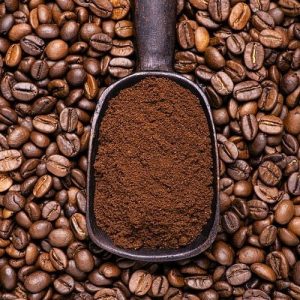
Add coffee grounds to tap water and use the water to enrich your houseplants with magnesium and potassium
Epsom salt
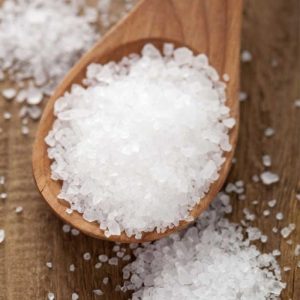
Add a tablespoon of Epsom salt to a container of cool water and use it to feed your houseplants. Epsom salt has magnesium that makes your plant healthy.
Aquarium water
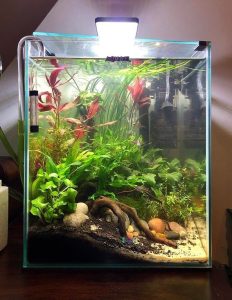
Apply aquarium water to your houseplant and watch it thrive.
Houseplant fertilization techniques: When to fertilize houseplants
Each houseplant has varying feeding needs. Some require regular fertilization while others feed less frequently. The best time to feed any houseplant is during the growing season.
Early spring to late summer would be the ideal time to fertilize your plant. Fertilizing houseplants during the dormant season can damage them. Avoid fertilizing your houseplant during winter.
You can fertilize your plant weekly or monthly depending on the type of fertilizer you are using or the type of plant you have. Succulents and cacti don’t require frequent fertilizing. Some tropical houseplants on the other hand are heavy feeders and you will need to fertilize them often.
If your plant appears stressed or is droopy, you should avoid fertilizing it. Instead, if the soil feels dry, water your plant and let it recover completely before feeding it. Fertilizing a stressed plant might damage it or even worse; kill it.
Houseplant fertigation techniques: Tips for fertilizing houseplants
Below are several useful tips that can help you effectively fertilize your plant.
Dilute your fertilizer
Too much fertilizer can damage your plant. To be on the safer side, you should dilute your fertilizer to prevent over-fertilizing your plant. Before diluting the fertilizer, determine how much your houseplant needs. Some houseplants prefer weak fertilizers while others will do just fine with ½ strength fertilizers.
Fertilize during spring and summer
Houseplants grow during spring and summer and become dormant during winter. The best time to fertilize your houseplant is during the growing season when it needs nutrients to grow and produce flowers. Fast-growing houseplants will require frequent feeding compared to slow-growing plants.
Water your plant before fertilizing
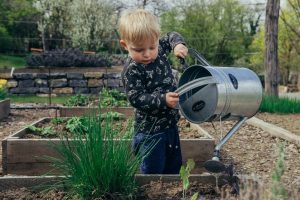
Another useful tip you can apply when feeding your plant is watering it before applying fertilizer. When you water your plant the fertilizer is less likely to damage the plant’s roots. Moist soil also helps your plant absorb nutrients better.
Examine the lighting
Houseplants that grow in bright indirect sunlight grow quicker than those in low-light locations. If your plant grows in a shaded area, you might need to fertilize it less often than one in a location that receives bright sunlight.
Avoid fertilizing a dry plant
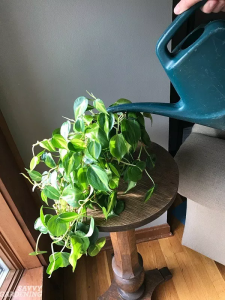
Check the state of its soil before fertilizing it. The plant itself might also appear stressed. If the soil is dry, avoid fertilizing your plant and first give it a good watering. If the plant shows signs of improvement after a while, you can feed it.
Feed flowering plants more often
Houseplants that produce flowers need lots of energy to keep blooming. You can encourage healthy growth, bud formation, and flowering by regularly feeding these plants. Fertilizers rich in Phosphorous are ideal for flowering houseplants.
Houseplant fertilization techniques: Signs that your houseplant needs fertilizing
There are several signs you can look out for to determine when your plant needs fertilizing. However, some of these signs can point to other issues like overwatering, under-watering, etc. You should first rule out other problems before fertilizing your plants. Below are some telltale signs that your plant needs fertilizing.
Yellow leaves
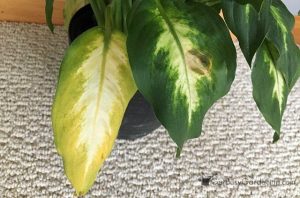
Yellow leaves might indicate overwatering or scorching. However, if your plant has yellow leaves it might be lacking nitrogen. If you are confident that your houseplant doesn’t suffer from other conditions, you should consider feeding it with a nitrogen-rich fertilizer.
Stunted growth
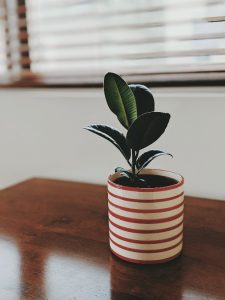
Houseplants with stunted growth might have a potassium or phosphorous deficiency. However, stunted growth might also be a sign that your plant needs repotting. If your plant is in a sufficiently large pot or you have recently repotted it, you should consider feeding it. Apply the appropriate fertilizer depending on the needs of your plant.
Light green leaves with dark green veining
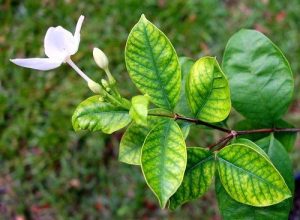
Chlorosis is when your plant’s leaves appear light with darker veins. Chlorosis is caused by a deficiency of magnesium in your plant. if you notice light green leaves with dark green veins on your houseplant, fertilizing it with a magnesium-rich fertilizer will resolve the issue. Be careful not to over-fertilize your plant to avoid damaging its roots.
Most houseplants rely on fertilizers to grow and remain healthy. Houseplant fertilizer varies from plant to plant. One houseplant might need more phosphorous while another might require additional Potassium. Flowering plants require frequent fertilization than non-flowering plants. You can use different types of fertilizers to feed your houseplants including slow-release fertilizers, liquid fertilizers, granular fertilizers, and others. Your plant will let you know when it requires feeding through several signs. For more assistance, don’t hesitate to get in touch with us today.
